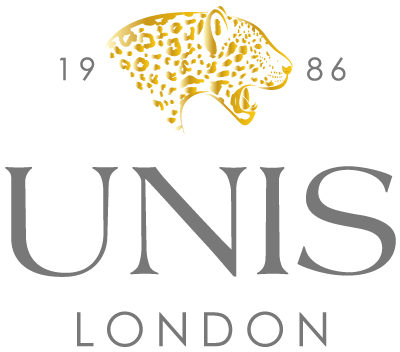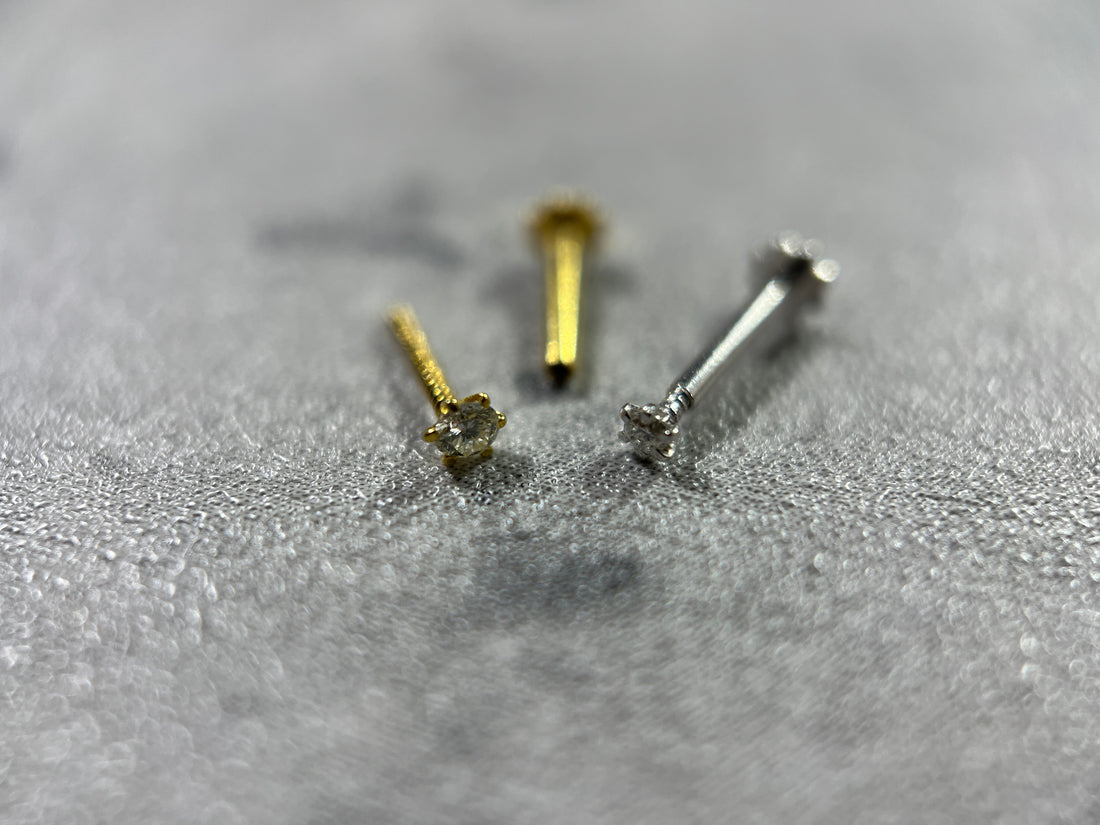As a client, the processing of selecting a diamond extends beyond admiring its
rare beauty, where it may be a natural or a lab-grown diamond. Behind every
exquisite gem, lies a precise and meticulous process in helping define the true
value of the diamond, and the captivating factor!
Understanding the “4 C’s” allows you to navigate the vast world of diamond
options and to make a thoughtful and well-informed decision!
In this short guide, we will embark into the world of high-end jewellery and
unravel the essence of each of the 4 C’s: Carat, Cut, Colour, and Clarity!
Together, these factors allow for an evaluation, unveiling how unique each
diamond may be! Whether you may be seeking an engagement ring, or in
search of a rare addition to your jewellery collection, allow Unis London to
ready your path in selecting a diamond, that truly light up your world!
Carat
It is common for people to associate this with the size of the diamond. In truth, carat is the unit used to measure the weight of those precious stones. Size matters, undeniably, but this is merely one element of the diamond’s allure. It is a measurement of the weight, so if a large diamond has been CUT poorly, then the weight remains the same, however most of it will be in the depth of the diamond, or it will be n the table, girdle, essentially in places where it should not be! - Same applies for a small diamond that has been CUT poorly. A lousy cut diamond, will not give you the sparkle & it is not maximising the potential of that particular carat weight.
Cut
At Unis London, we firmly believe that the cut is the most crucial element when in
pursuit of a diamond. It is the intricacies and precision of the cut that bestows
its unparalleled beauty. Each cut has the ability to reflect and refract light in a
multitude of ways, unveiling the true uniqueness of every diamond. Round Brilliant diamonds are the only shape that actually has a Cut grade according to GIA ( gemological institute of America ), whereas the other shapes will not have a cut grade. So we would always recommend when choosing a round diamond, go for an Excellent cut grade. Now when choosing other shapes, you can still get an excellent cut, you just need to check the the length x width, girdle thickness, table percentage & the culet. Having all these factors within a certain range, will help you achieve a very well cut diamond. We have your best interest at heart.
Colour
Each diamond is meticulously graded on a
scale from ranging from D to Z, the spectrum varies from colourless to
yellow/brown. Surprisingly, even the most subtle variation in colour can
significantly impact the value and overall appeal of the diamond. Whilst classic
white diamonds are the most common, the D to Z scale unveils an exquisite
array of shades. The most common range is between F-H, as to the naked eye it mostly seems colourless. Obtaining D,E or F, there is very very few people who can notice a difference immediately.
Clarity
The final C, Mostly related to internal imperfections & sometimes external - all in short. The clarity of a diamond is graded from flawless to heavily included, this determines the degree
to which flaws are are present. For instance, a flawless diamond reflects the
rarity, significantly influencing the stone’s purity and overall value. Of course if it is a FL diamond, there is literally no inclusions present internally or externally to the naked eye nor under magnification making it a 'perfect' diamond & perfection comes at a cost!
At UNIS London, we take immense pride in offering flawless services to guide
you on this journey. Our mission is to assist you and ensuring your selection be
that of an eternal elegance, cherished for generations to come.
So let us know if you would like to book a viewing or have any questions.
info@unislondon.com

